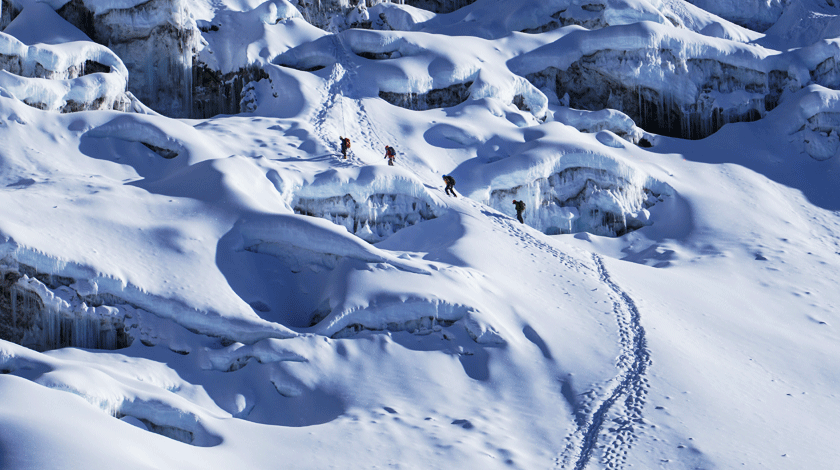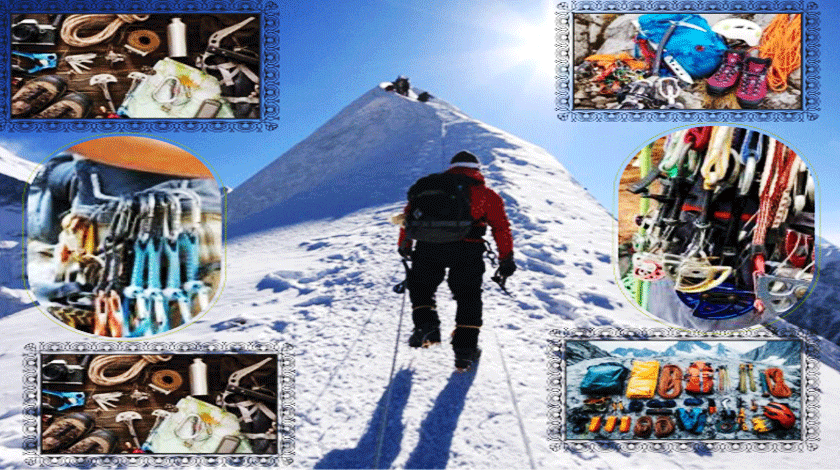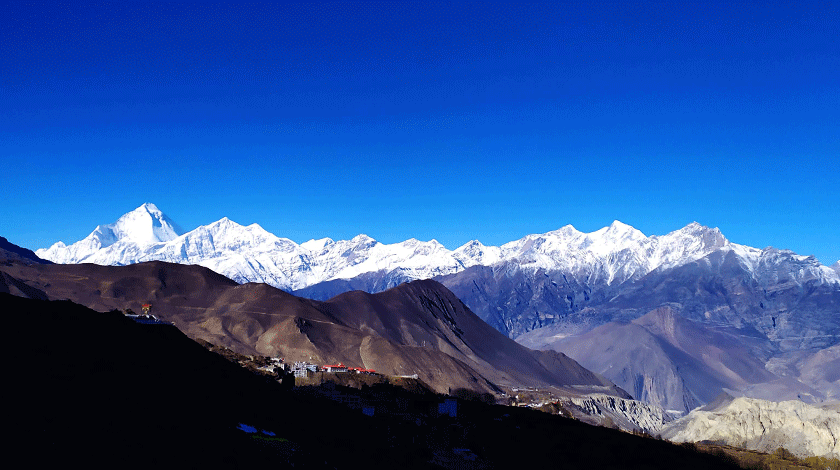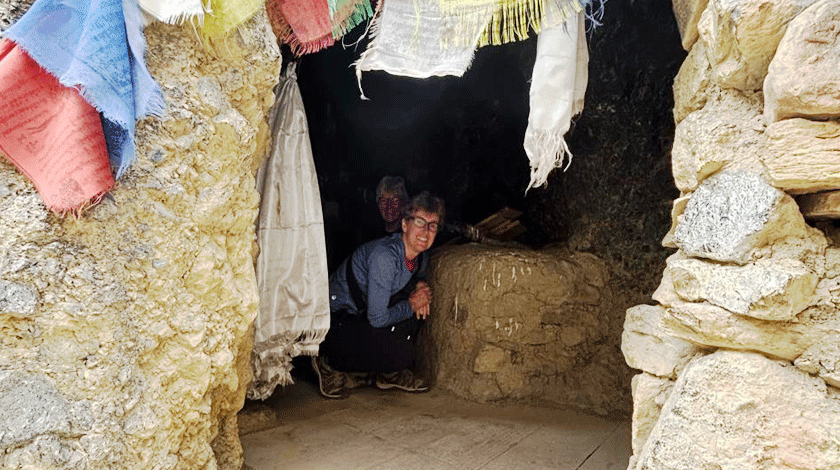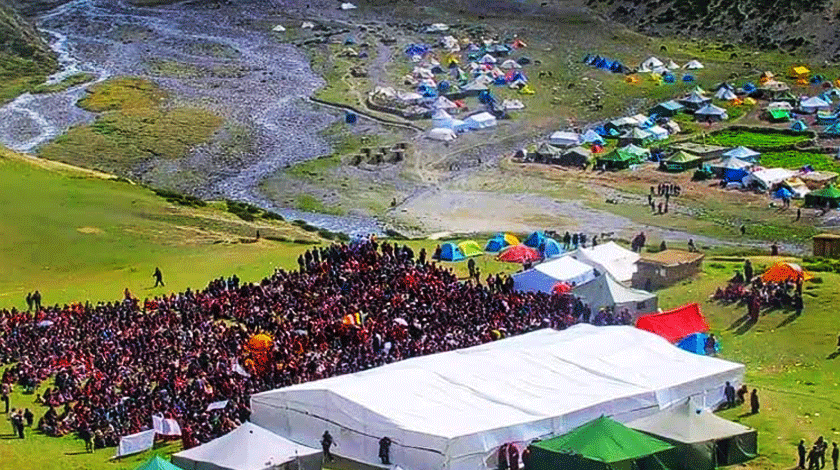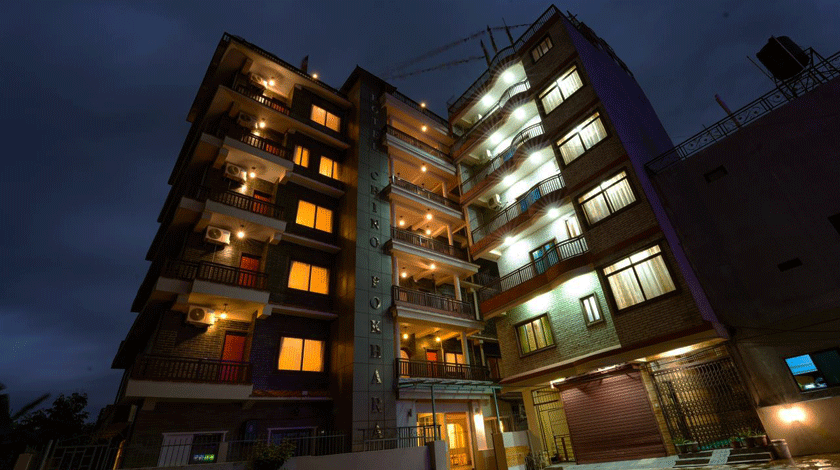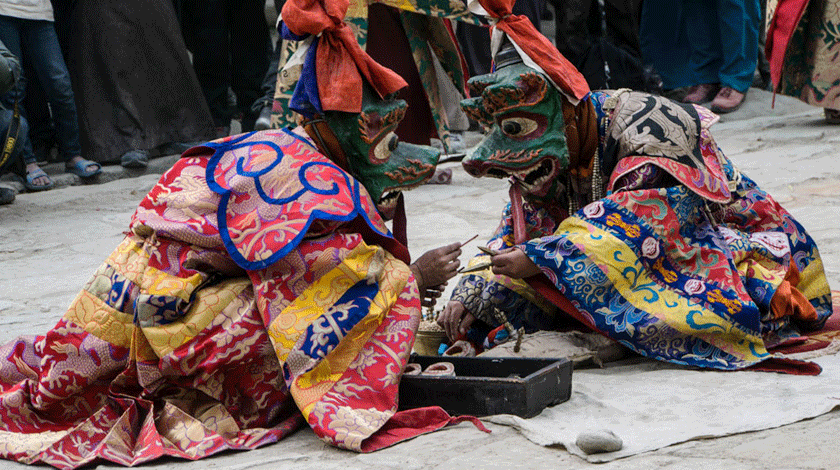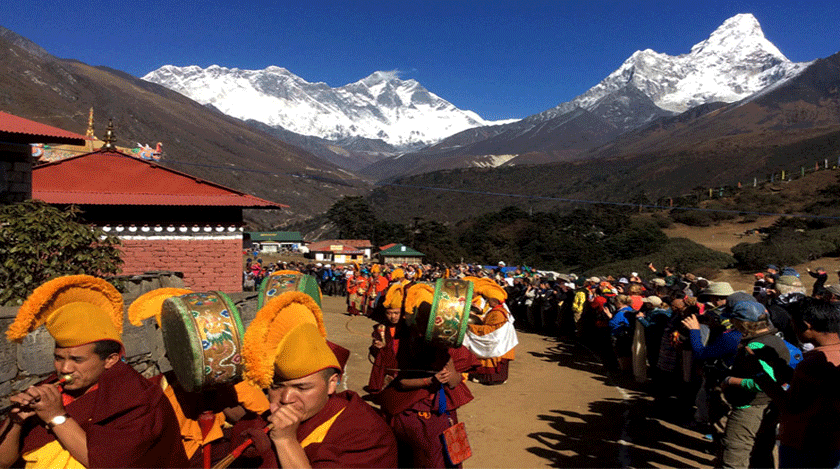Two Spanish Tourists Missing
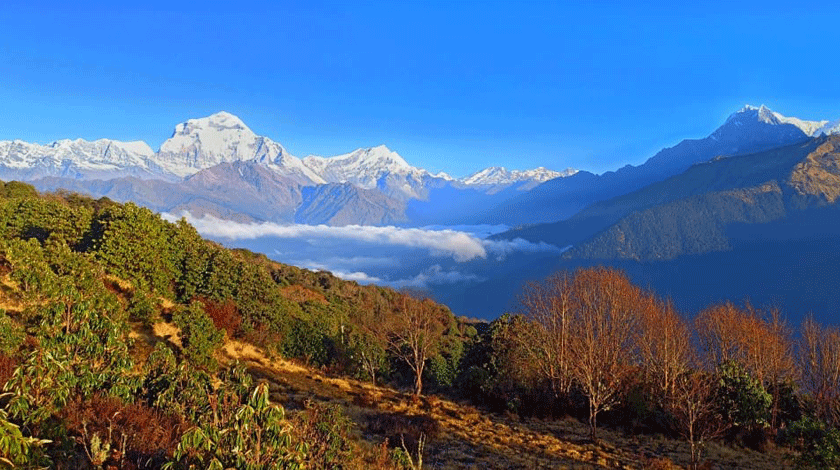
Two Spanish Tourists Missing on Ghorepani Trek:
Aug 27, In a tragic and unsettling turn of events, two Spanish tourists went missing while trekking along the renowned Ghorepani trail, a popular route within the Annapurna trekking. This incident, which has sent shockwaves through the trekking community, underscores the inherent risks of venturing into Nepal’s mountainous terrain without adequate preparation or guidance.
Authorities last saw the missing trekkers, Eric Casanovas and Molas Junka Messi, on Sunday as they began their journey from Tikhedhunga in Annapurna Rural Municipality-9, Kaski, heading to Ghorepani via Ulleri. Earlier that morning, the pair reportedly registered at the ACAP (Annapurna Conservation Area Project) checkpoint in Birethanti, affirming their plan to reach Ghorepani, a destination renowned for its breathtaking views of the Annapurna and Dhaulagiri mountain ranges.
The Discovery of Abandoned Belongings
The first signs of trouble appeared when searchers discovered the tourists’ bags abandoned near a bridge over the Bhurungdi River on Sunday evening. This discovery quickly raised alarms and initiated an ongoing search operation throughout Monday. Despite the tireless efforts of local authorities and search teams, no one has yet located the two tourists.
Bharatman Gurung, a spokesperson for Annapurna Rural Municipality, shared the prevailing fears: “We suspect that the tourists might have been swept away by the Bhurungdi River. They may have inadvertently ventured onto the old trail, which becomes especially hazardous during the monsoon season due to rising water levels.”
This theory gained support when Yam Bahadur Gurung, the head of the ACAP Birethanti checkpoint, confirmed that the tourists had registered at the checkpoint on Sunday morning. He added that the tourists might have fallen into the river while trying to photograph a waterfall along the trail. The abandoned bags at the scene indicate they may have stopped to take photos, unaware of the imminent danger.
The Dangerous Allure of the Waterfall
“There is a beautiful waterfall near where their bags were found; they might have slipped and fallen into the river while taking photos,” spokesperson Gurung explained, highlighting the double-edged sword of Nepal’s natural beauty. What draws tourists in, the stunning landscapes and mesmerizing sights, can also pose significant hazards, particularly to those unfamiliar with the terrain.
The search teams, comprising local police, community representatives, and residents, discovered two walking sticks near the waterfall, adding to the growing concern that the tourists may have fallen victim to the river’s swift currents. However, no other clues or items were recovered, leaving the mystery of their disappearance unresolved.
The Unforgiving Terrain of the Annapurna Region
The Annapurna region, despite its allure, is notorious for its challenging and unpredictable terrain. The trails, while generally well-marked and maintained, can become treacherous, especially during the monsoon season or in the wake of heavy rainfall. Landslides, swollen rivers, and slippery paths are common hazards that trekkers face, and without proper guidance or knowledge of the area, even the most experienced hikers can find themselves in perilous situations.
This incident serves as a sobering reminder of the importance of taking adequate precautions while trekking in Nepal. While the country offers some of the most beautiful trekking routes in the world, these trails are not without their dangers. The beauty of the Himalayas can quickly turn deadly, as nature’s raw power and unpredictability can catch even seasoned adventurers off guard.
The Essential Role of Local Trekking Guides
Trekkers can take one of the most critical precautions by hiring a local trekking guide. These guides, often natives of the region, intimately know the terrain, weather patterns, and potential hazards. They navigate the trails safely, avoid risky areas, and respond effectively during emergencies. Additionally, they enrich the trekking experience by sharing valuable insights into the local culture, traditions, and natural environment, transforming the journey into more than just a physical endeavor.
In Eric and Molas’s case, the heartbreaking reality is that their fate might have been different with a local guide. A guide could have steered them away from the old, dangerous trail and ensured they stayed on safer, well-trodden paths. Moreover, a guide would likely have advised against risky actions, such as approaching the waterfall during high water levels.
Local trekking agencies in Nepal play a crucial role in ensuring trekkers’ safety by employing experienced male and female guides. These agencies provide not only guides but also support with route planning, securing permits, and handling logistics like transportation and accommodation. They stay well-informed about the region’s conditions and adjust trekking plans to avoid danger, particularly during volatile seasons.
The Emotional Impact on the Trekking Community
Eric and Molas’ disappearance profoundly impacts the local community and the broader trekking world. This tragedy overshadows the Ghorepani trail, which usually fills trekkers with joy and awe-inspiring views. Families and friends of the missing tourists agonize over the uncertainty, constantly wondering whether they could have prevented this loss.
This incident also sparks broader concerns about the safety protocols for trekkers in Nepal. While Nepal has significantly improved safety and infrastructure, this tragedy highlights the need to maintain vigilance and consider implementing stricter regulations on solo trekking or trekking without a guide.
A Call to Action: Trekking with Safety in Mind
For anyone planning to trek in Nepal, this incident should serve as a powerful reminder to prioritize safety above all else. The allure of solo trekking, with its promise of solitude and adventure, must be balanced against the very real risks posed by Nepal’s rugged landscapes. Engaging a local trekking agency and hiring a guide is not just about enhancing the trekking experience; it’s about safeguarding your life.
Local guides are not only your navigators but also your protectors in this unpredictable environment. They can foresee dangers that a foreign tourist might not recognize, make critical decisions in challenging situations, and provide the necessary support when things go wrong. The cost of hiring a guide is a small price to pay for the peace of mind and safety they offer.
In the wake of this tragedy, let it be a lesson to all who venture into the Himalayas: respect the mountains, understand the risks, and never underestimate the importance of local knowledge and guidance. The beauty of Nepal’s trekking routes should be enjoyed, but always with caution and the proper precautions.
Moving Forward
As the search for Eric and Molas continues, the hope is that their story will not just be another statistic but a catalyst for change in how trekkers approach their adventures in Nepal. Whether it’s through stricter enforcement of trekking regulations, increased awareness of the dangers, or a renewed emphasis on the importance of hiring local guides, this tragedy could lead to improvements that prevent future incidents.

